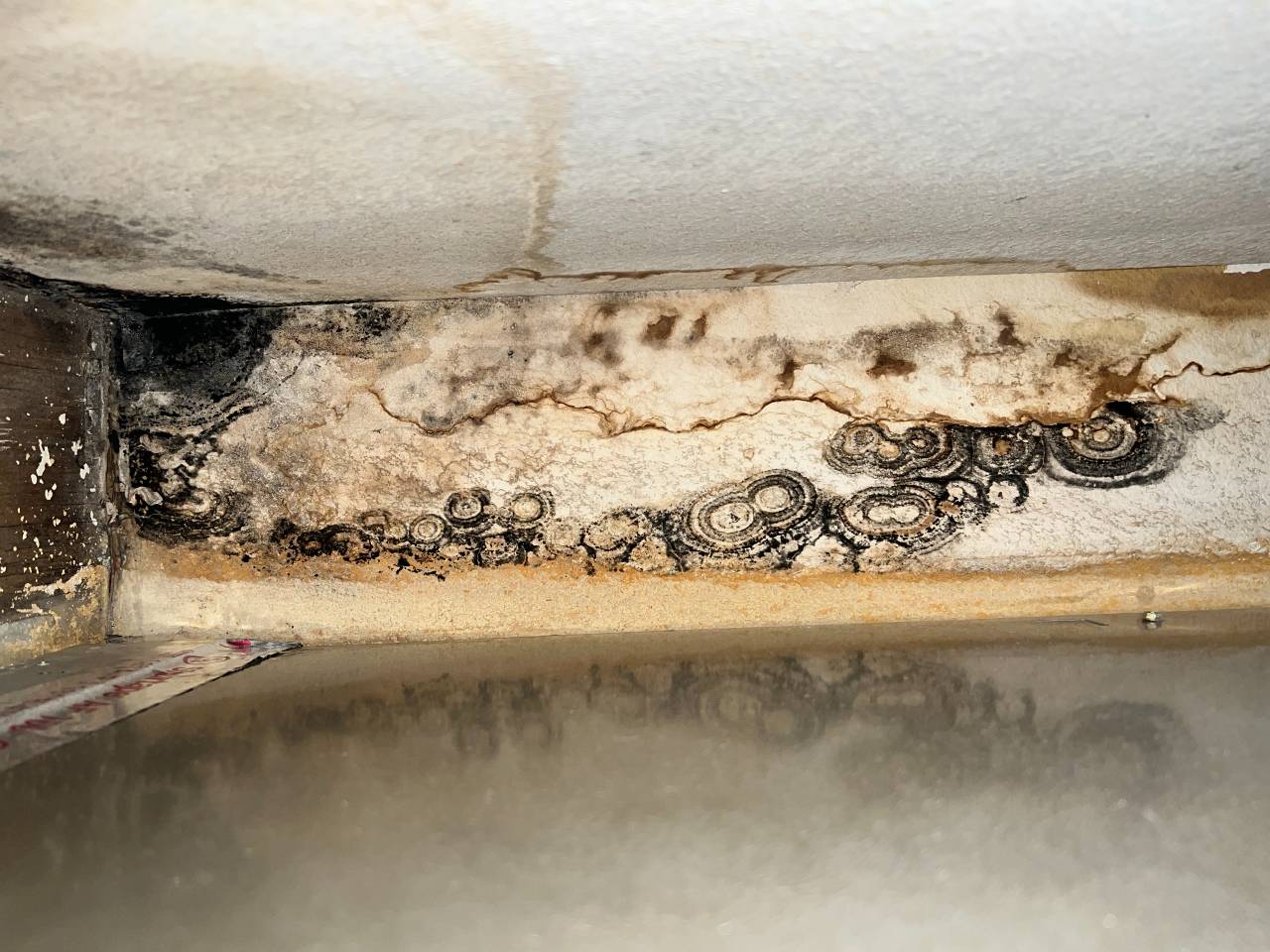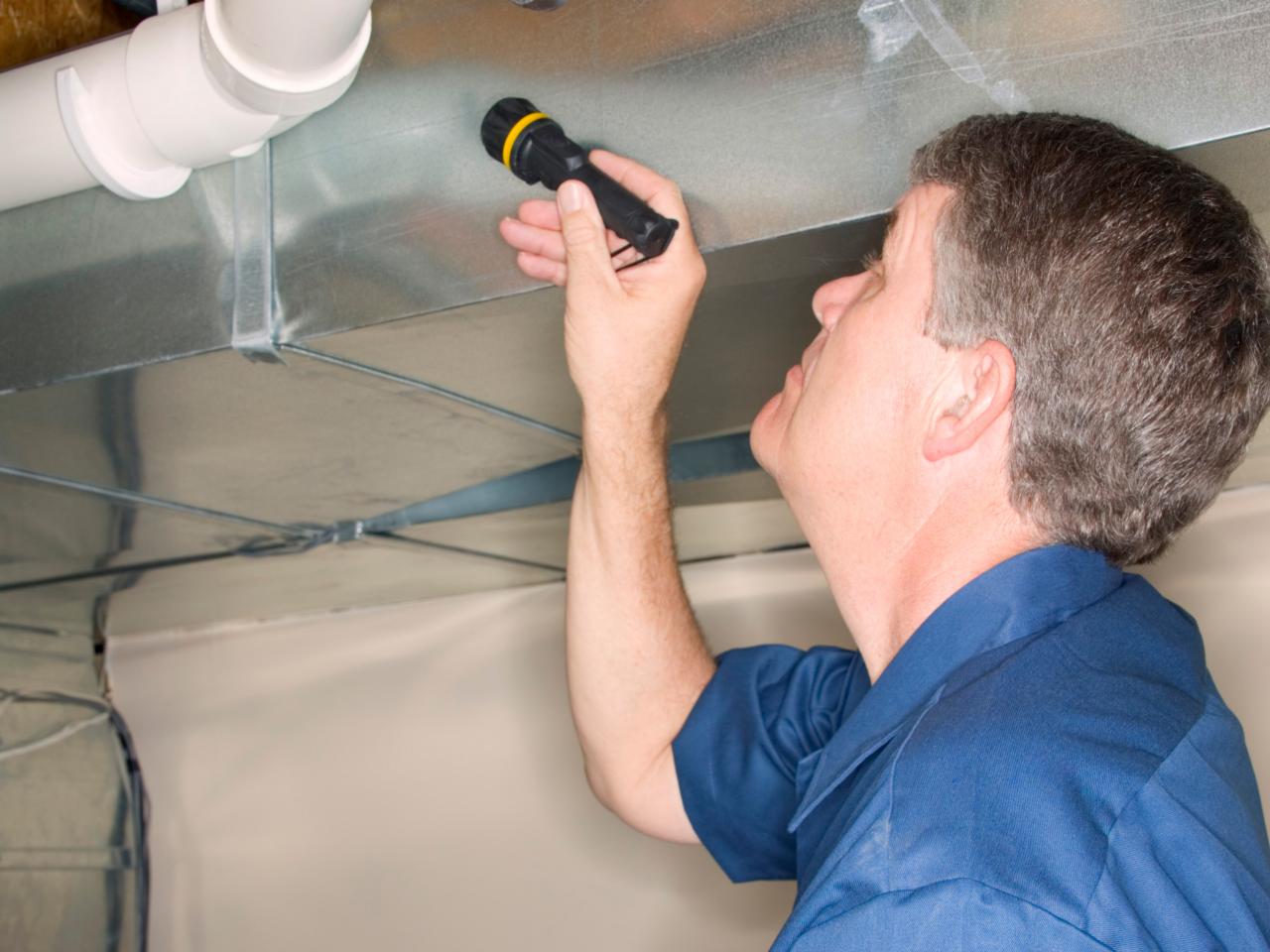Comprehensive Post Mold Remediation Procedures
Wiki Article
Professional Tips for Message Mold Removal Success
In the world of mold remediation, effectively getting rid of mold and mildew is only half the battle; the real obstacle lies in avoiding its reappearance. By adhering to experienced ideas and ideal techniques, people can protect their spaces versus mold resurgence and keep a healthy and balanced indoor environment.
Monitor Humidity Levels On A Regular Basis
After finishing mold removal treatments, preserving optimum humidity levels is essential to prevent mold re-growth and guarantee a healthy interior environment. High moisture levels above 60% create a conducive environment for mold to grow, making normal monitoring a positive step to avoid any type of future mold concerns.Using hygrometers or wetness meters can assist in accurately measuring moisture levels in various locations of the property. These devices supply real-time information that enables remediation specialists to make informed decisions concerning ventilation, dehumidification, and various other needed activities to preserve optimal moisture levels post-remediation. Additionally, developing a routine schedule for humidity checks, specifically in risky areas such as cellars, kitchens, and restrooms, is an aggressive approach to mold and mildew prevention. By constantly monitoring moisture levels, residential property proprietors can effectively alleviate the risk of mold reoccurrence and maintain a healthy indoor atmosphere post-remediation.
Conduct Thorough Inspections Post-Remediation
Complying with the conclusion of mold and mildew removal procedures, it is crucial to conduct detailed examinations to verify the effectiveness of the remediation process. These post-remediation evaluations are important in ensuring that the mold issue has actually been effectively addressed and that there is no reoccurrence or staying mold and mildew development. Assessments must be carried out by certified specialists who have expertise in recognizing mold and mildew and examining indoor air quality.During these evaluations, various approaches such as aesthetic analyses, air sampling, and surface area sampling might be employed to thoroughly evaluate the remediated areas. Aesthetic analyses include an in-depth inspection of the facilities to examine for any kind of noticeable indications of mold development or water damage. Air sampling helps in establishing the air-borne mold spore degrees, while surface area sampling can identify mold and mildew fragments on surface areas.
Implement Appropriate Air Flow Approaches
After making certain the effectiveness of the mold and mildew removal process via detailed evaluations, the following critical step is to concentrate on executing appropriate ventilation techniques. Appropriate ventilation is vital in avoiding mold and mildew reoccurrence by controlling dampness levels and advertising air blood circulation. To accomplish this, it is advised to utilize exhaust followers in locations vulnerable to high moisture, such as shower rooms and kitchen areas. Furthermore, opening doors and windows when weather allows can help improve airflow and decrease moisture buildup. Air dehumidifiers and purifiers are also valuable tools in preserving ideal indoor air top quality.
Proper air flow not only help in stopping mold growth but additionally adds to the total wellness and comfort of passengers. By guaranteeing ample ventilation throughout the residential property, you can lower the threat of mold and mildew regrowth and create a healthier living atmosphere.

Use Mold-Resistant Products for Repair Works
To enhance the long-term performance of mold and mildew removal efforts, incorporating mold-resistant materials for repairs is essential in reducing the risk of future mold and mildew development. Mold-resistant products browse around this web-site are made to endure dampness and inhibit mold development, making them a vital selection for locations vulnerable to moisture and humidity. When fixing locations influenced by mold, utilizing materials such as mold-resistant drywall, mold-resistant paints, and mold-resistant caulking can assist protect against mold recurrence.Mold-resistant drywall is a superb alternative to typical drywall in locations like basements and shower rooms where wetness levels are greater. When subjected to damp conditions, this type of drywall has an unique layer that stands up to mold growth even. Additionally, utilizing mold-resistant paints having antimicrobial representatives can even more inhibit mold development on ceilings and wall surfaces.
In locations where moisture prevails, such as bathrooms and kitchen areas, using mold-resistant caulking around home windows, tubs, and sinks can aid seal out water and stop mold and mildew from holding in fractures and crevices. By spending in these mold-resistant materials throughout repair work post-remediation, you can substantially decrease the likelihood of future mold and mildew issues and preserve a healthier indoor setting.
Maintain Sanitation and Address Water Issues
Ensuring tidiness and immediately addressing water issues are fundamental techniques to maintain in securing indoor spaces from mold reinfestation. After mold and mildew removal, it is essential to maintain a tidy setting to protect against the regrowth of mold (Post Mold remediation cleaning). Routine cleaning, dusting, and vacuuming can aid get rid of any sticking around mold spores and stop them from resolving and proliferating. Furthermore, keeping interior areas completely dry and addressing any kind of water important site problems promptly is vital in mold and mildew avoidance. Leakages, water breach, or high humidity levels can develop the best breeding ground for mold, so it is important to deal with any type of water-related issues immediately.To keep sanitation, take into consideration making use of HEPA filters in vacuums and air purifiers to catch mold spores and prevent their blood circulation airborne. In addition, guaranteeing correct air flow in locations vulnerable to moisture build-up, such as bathrooms and kitchen areas, can assist keep moisture levels in check. By staying vigilant regarding cleanliness and resolving water problems promptly, you can efficiently protect against mold and mildew reinfestation and keep a healthy interior atmosphere.
Verdict

In the world of mold removal, effectively eliminating mold is just half the fight; the real obstacle lies in avoiding its reappearance. After finishing mold removal procedures, keeping optimum moisture levels is vital to stop mold re-growth and guarantee a healthy and balanced interior setting. High moisture levels over 60% create a favorable setting for mold and here are the findings mildew to prosper, making regular monitoring an aggressive measure to protect against any future mold concerns.
To improve the long-lasting performance of mold and mildew remediation efforts, integrating mold-resistant materials for repair services is crucial in mitigating the threat of future mold and mildew growth. After mold and mildew removal, it is vital to maintain a clean environment to stop the regrowth of mold.
Report this wiki page